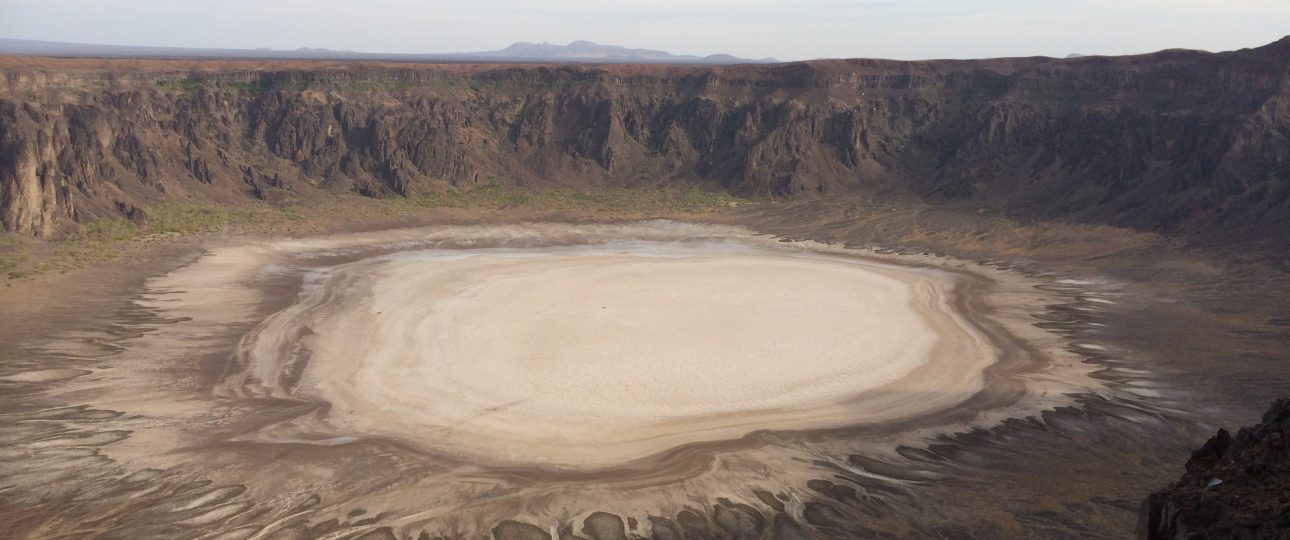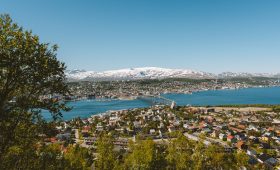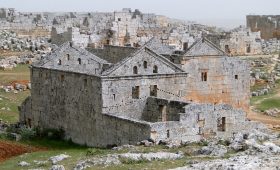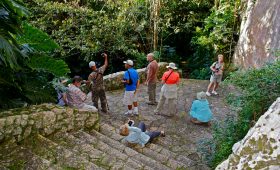Exploring Al Wahbah Crater in Saudi Arabia
What Makes Al Wahbah Crater Unique?
Al Wahbah Crater is a geological marvel in Saudi Arabia, known for its vast size and striking features. This volcanic crater stretches over 2.5 kilometers in diameter and plunges to a depth of about 250 meters. At its base lies a brilliant white salt flat, creating a stark contrast against the dark volcanic rock surrounding it. This unique combination of natural elements makes the crater a captivating sight.
Geological Background
Contrary to local legends suggesting a meteorite origin, geologists have determined that Al Wahbah Crater is a maar crater, formed by a volcanic steam explosion. This occurred when molten basaltic magma came into contact with underground water, resulting in a massive eruption that shaped the crater we see today.
Visiting Tips
The ideal time to visit Al Wahbah Crater is between November and March, when temperatures are more manageable, ranging from 20 to 25 degrees Celsius. Avoid the summer months, as temperatures can exceed 40 degrees Celsius, making exploration uncomfortable.
Getting to Al Wahbah Crater
By Air
For international travelers, the most convenient entry point is King Abdulaziz International Airport in Jeddah. From there, you can rent a car or hire a driver for the approximately 4-hour drive to the crater.
By Land
If you’re traveling from within Saudi Arabia, a road trip from Riyadh takes about 7 hours. The journey offers expansive views of the desert landscape, so keep your camera handy for some stunning shots.
Exploring the Crater
Once at Al Wahbah Crater, you can descend to the bottom via a path on the north side. The descent takes about 45 to 60 minutes, while the climb back up can take 60 to 90 minutes due to the steep and slippery terrain. Be prepared for a challenging hike and ensure you have adequate water and supplies.
Local Amenities
There are limited facilities around the crater. A mosque is located at the end of the entrance road, and upgraded picnic shelters are available around the rim. Mobile phone reception is spotty but available in some areas within the crater.
Camping and Vegetation
For those interested in camping, there are suitable spots near the stone hut at the top of the path, though better sites are found to the south. The crater’s north side features remnants of date palm plantations and some vegetation, adding a touch of greenery to the otherwise barren landscape.
Considerations
Al Wahbah Crater is a remote destination with few visitors, even on weekends. This solitude can be a draw for some, but it also means limited access to emergency services and amenities. Plan accordingly and ensure you’re well-prepared for the journey.




